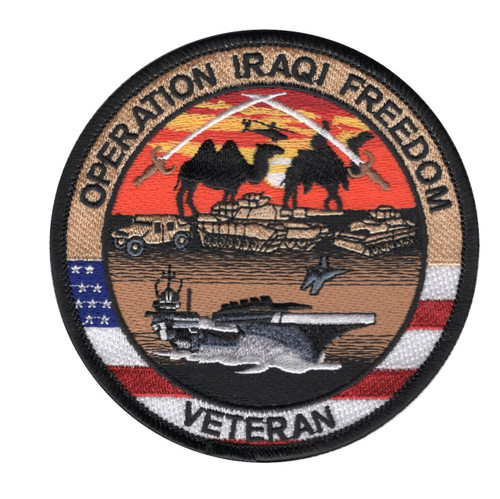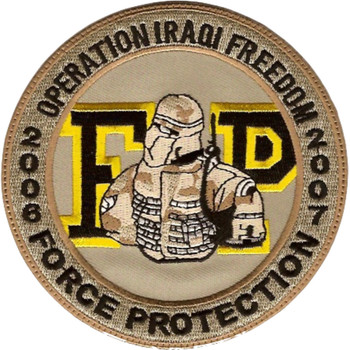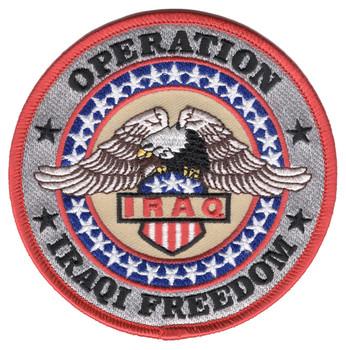Description
They were the generation that stepped into a war defined by dust, fire, and uncertainty—a conflict that unfolded hour by hour on streets where danger hid behind every doorway. The Operation Iraqi Freedom Veteran carries memories shaped by heat that shimmered off desert highways, the thud of distant explosions, and the brotherhood found in moments when life and death balanced on a razor’s edge. Their service spanned years of shifting missions, from toppling a regime to battling insurgency, from rebuilding schools to fighting block by block in cities carved by conflict.
When the first waves of troops crossed the line of departure in March 2003, they entered Iraq with a speed and intensity the world had never seen. Soldiers pushed through the south in armored columns while Marines raced toward Baghdad, fighting through ambushes, sandstorms, and entrenched resistance. Navy and Air Force crews launched precision strikes, provided close air support, and conducted rescue missions under heavy fire. Within weeks, the capital fell—but the war was only beginning.
As the mission evolved, service members faced a new kind of battlefield. Improvised explosive devices turned quiet roads into kill zones. Patrols through Ramadi, Fallujah, Mosul, and Sadr City tested every ounce of courage and discipline. Units fought street to street, floor to floor, often unsure what waited beyond the next corner. Medics worked miracles under fire. Convoy gunners scanned rooftops with unblinking focus. Engineers built fortifications while rounds cracked overhead. Pilots flew night missions in swirling dust. Every branch, every specialty, carried its own weight in a war that demanded endurance, adaptability, and relentless resolve.
Operation Iraqi Freedom Veterans also witnessed moments of compassion amid chaos—distributing food and water to desperate families, rebuilding clinics and schools, mentoring local forces, and protecting civilians caught between worlds. They carried out missions that rarely made headlines but saved countless lives. And through it all, they leaned on each other, forging bonds that would outlast the war itself.
Many returned home carrying invisible wounds—memories of loss, the strain of repeated deployments, and the lingering effects of a conflict that reshaped an entire generation of warriors. Yet their service stands as a testament to courage under pressure, honor in adversity, and sacrifice made far from home in the hope of building a better future.
The Operation Iraqi Freedom Veteran patch honors every man and woman who served in that long and complex war. It represents the dust-covered patrols, the midnight convoys, the fierce urban battles, and the unwavering commitment of those who answered the call when the world was uncertain and the stakes were immense. To wear it is to honor a legacy written in grit, duty, and the unbreakable spirit of those who stood the line in Iraq.









